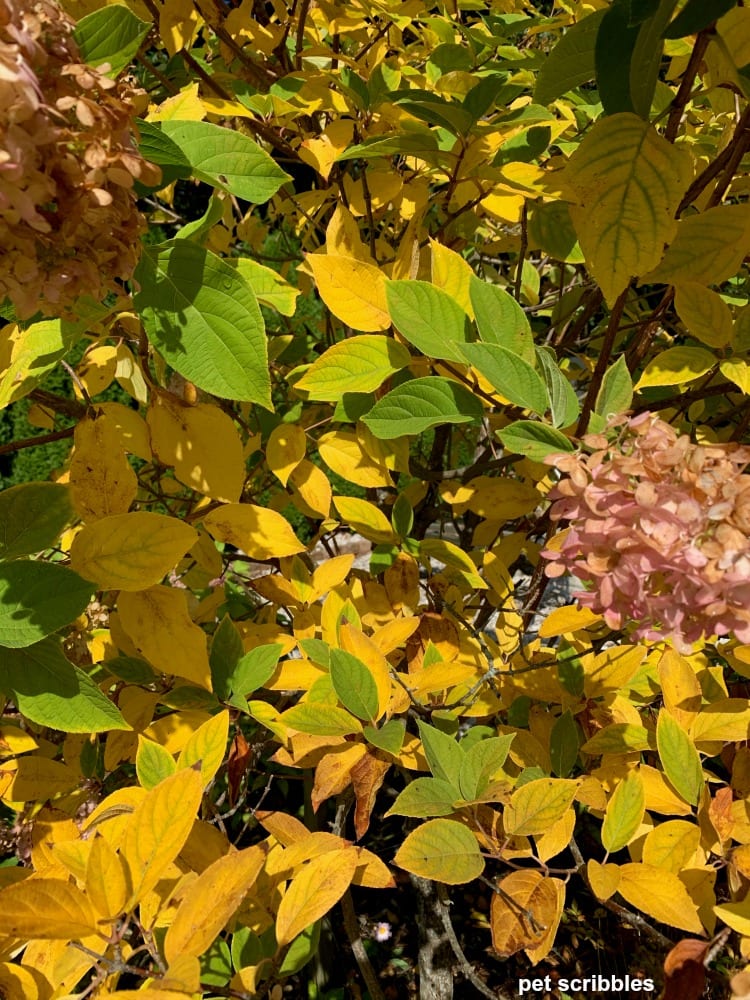Fascination About Hydrangea Leaves Turning Yellow
Table of ContentsSome Of Hydrangea Leaves Turning YellowIndicators on Hydrangea Leaves Turning Yellow You Should KnowHydrangea Leaves Turning Yellow Things To Know Before You Get ThisUnknown Facts About Hydrangea Leaves Turning Yellow
Hydrangea plants are understood for their lovely blooms, however sometimes their leaves can turn yellow. This is typically an indicator that something is incorrect and the plant requires your help.Hydrangea leaves transforming yellow can be a reason for problem. Hydrangea leaves normally turn yellow when the plant is overwatered.
When the origins of a plant are submerged in water for long durations, they begin to stifle and rot. This process cuts off the origins' oxygen supply, causing the fallen leaves to transform yellow and eventually die. Overwatering can also result in other problems such as fallen leave drop, root damages, and fungal development.
If you assume your Hydrangea is overwatered, the very best service is to allow the soil dry totally before sprinkling again. It's also a great idea to examine the drainage of your pot or yard bed and ensure that water is not pooling around the plant's roots. Hydrangea plants need well-drained soil to thrive.
8 Easy Facts About Hydrangea Leaves Turning Yellow Described
Hydrangea leaves can additionally transform yellow if the plant is not obtaining sufficient water. This occurs when the plant does not receive enough water, and the dirt begins to dry out.

This is understood as "fertilizer shed," It takes place when the plant's roots are revealed to too much fertilizer. Various other indicators of fertilizer melt consist of brown or yellow fallen leaves, wilting, and stunted growth.
This will certainly help remove any kind of excess fertilizer from the roots of the plant. It's additionally a great idea to minimize the quantity of plant food you are utilizing.
Our Hydrangea Leaves Turning Yellow PDFs

If your Hydrangea is plagued with insects, dealing with the plant with neem or horticultural oil is the most effective solution. It's additionally good to get rid of any type of affected leaves from the plant. You can do this by hand or with a set of pruning shears. It's additionally a great idea to check the plant frequently for pests and remove them as quickly as you see them.
To avoid spreading the condition, make certain to sanitize your scissors prior to cutting any ends. Hydrangea leaves can additionally transform yellow if the temperature level emphasizes the plant. This normally takes place when the plant is revealed to severe chilly or warmth. The leaves of the plant will turn yellow and begin to leave.
If the temperature level emphasizes your Hydrangea, you need to relocate the plant to a place where it will certainly be shielded from the extreme chilly or warm. You can also attempt to provide the plant with some partial shade if read this article revealed to guide sunlight. You can additionally attempt adding mulch around the plant base to help control the temperature level.
What Does Hydrangea Leaves Turning Yellow Mean?
The leaves can also transform official source yellow if the Hydrangea plant has root rot. This is usually triggered by overwatering or bad drainage. When the plant's origins are immersed in water for as well long, they start to rot. Among one of the most usual root rot signs is yellowing fallen leaves, as the fungus stops the origins from taking in nutrients from the soil.
Various other indicators of root rot include stunted growth, wilting, and fallen leave drop. Inspect the roots of your Hydrangea if it has root rot. If they are black or brown, then they are probably rotten. If some healthy roots are left, you can attempt to conserve the plant by replanting it in a new pot with fresh dirt.
Water the plant meticulously, seeing to it not to overwater it. If your Hydrangea is greatly impacted by origin rot, starting with a brand-new plant is best. Natural reasons can likewise trigger Go Here yellow hydrangea leaves. One of the most usual reason is the plant's age. As Hydrangeas age, their fallen leaves will slowly transform yellow and brown prior to diminishing the plant.
You can aid the plant by ensuring it is getting adequate water and nutrients. One opportunity is that the plant is not obtaining sufficient water.